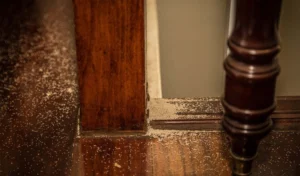Pet friendly pest control means great importance to pet lovers. If you have pets, you know they bring joy to your life. However, they also require extra care. You also need to be mindful of what you bring into your home. Chemical pest control products can be harmful to pets, so it’s important to explore pet friendly pest control options. Here are some ideas to help keep your home free of pests without harming your pets.
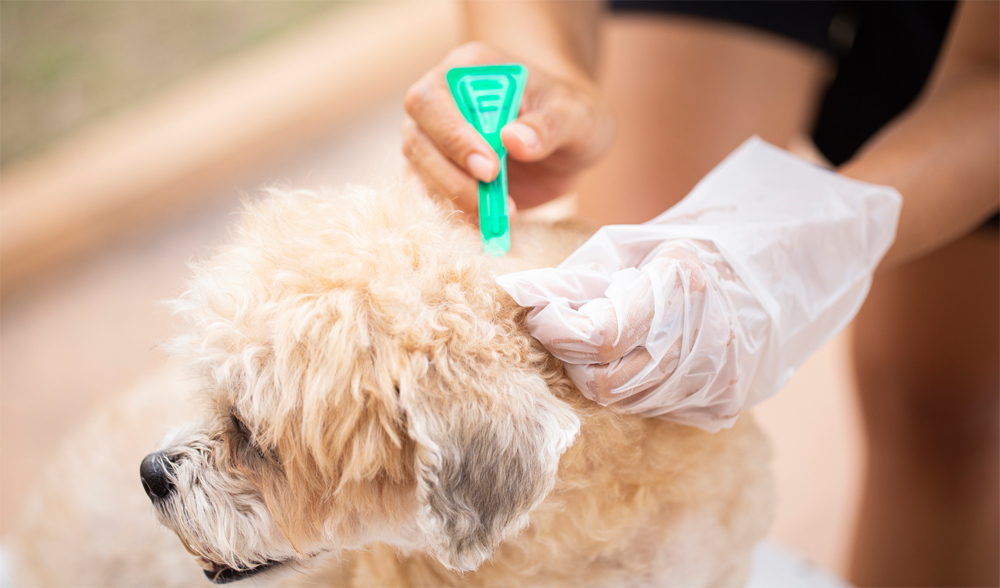
1. Adopt the Recommended Flea and Tick Medicines
Dogs and cats can attract fleas and ticks into your home, which can cause problems for both you and your pets. By using vet-recommended flea and tick medication, you can protect your pets from harmful pests, and reduce the likelihood of an infestation in your home. They are proven to be effective pet friendly pest control solutions. When fleas and ticks can’t feed on your pets, they’ll die off quickly. Especially for fleas. They have very specific hosts. By making your pets off limits, there will be nothing to live on for fleas.
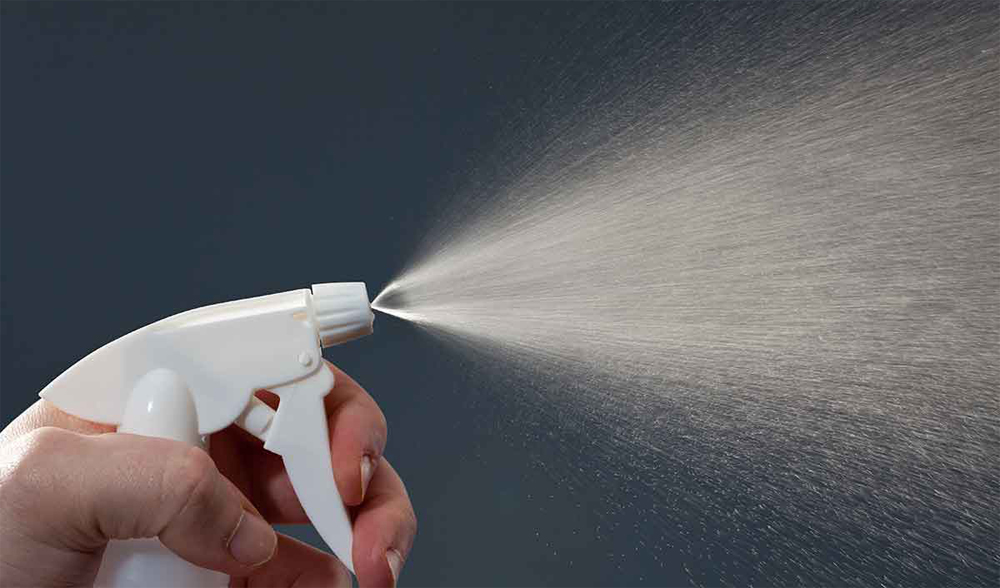
2. Spray Water
Did you know that you can also use water to control pests? While it may take some persistence to keep pest numbers under control with water alone, many pests are vulnerable to the spraying of water.
Aphids, mealybugs, and whiteflies, for example, have life stages that make them mostly immobile. By simply blasting them off of plants with water, they won’t be able to reattach and will die quickly. So, next time, when you are about to use bug spray, try a kitchen sprayer. It makes no harm and can be used for pet friendly pest control.
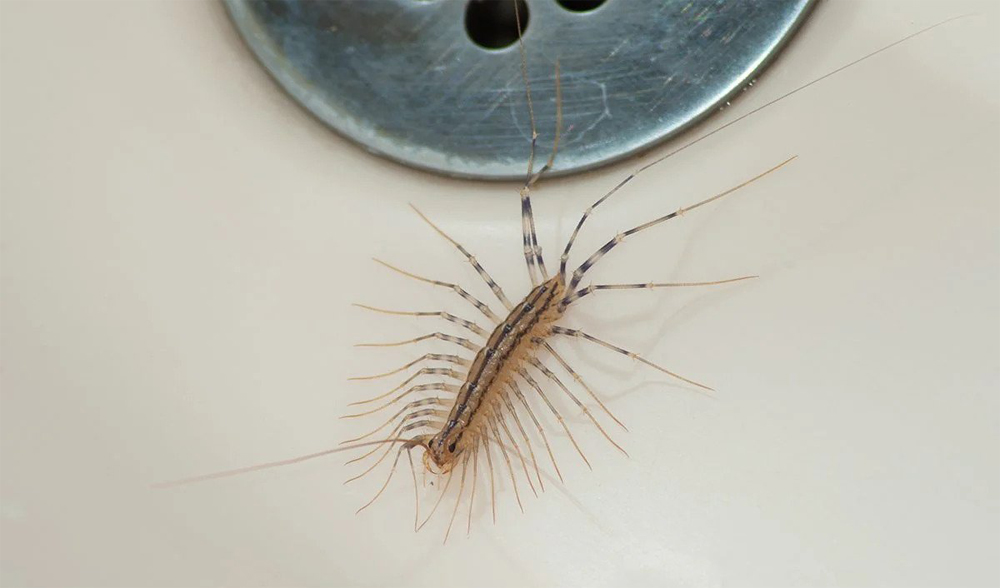
3. Seek Help from Predatory Insects
Fighting pests with other insects might seem counterintuitive, but it can be an effective pet friendly pest control strategy. There are many predatory insects that can help keep pests away from your home. The best way to encourage these insects is by learning to identify them and creating an environment that attracts them.
For example, if you have a lot of aphids, you can encourage lady beetles to help control them. You can purchase some beneficial insects, while others, like house centipedes, might just need a little encouragement.
4. Consider Using Traps
By comparison with chemicals that act on the respiratory or digestive systems of pests, multiple sorts of live traps are pet friendly pest control tools when they cannot be reached by your pets. Depending on the severity of the pest problem, traps can be very effective.
There are many types of insect traps, such as those with attractants for specific pests, like yellowjackets and others that work by exploiting the nature of the pest, such as Hanging Fly Traps. Whatever type of trap you use, make sure to place it in an area that is not accessible to your pet.
Most traps are harmless to larger pests. But for angry and half-alive pests that have been trapped in, these traps may still cause harm. So, it is better to treat them as soon as possible.
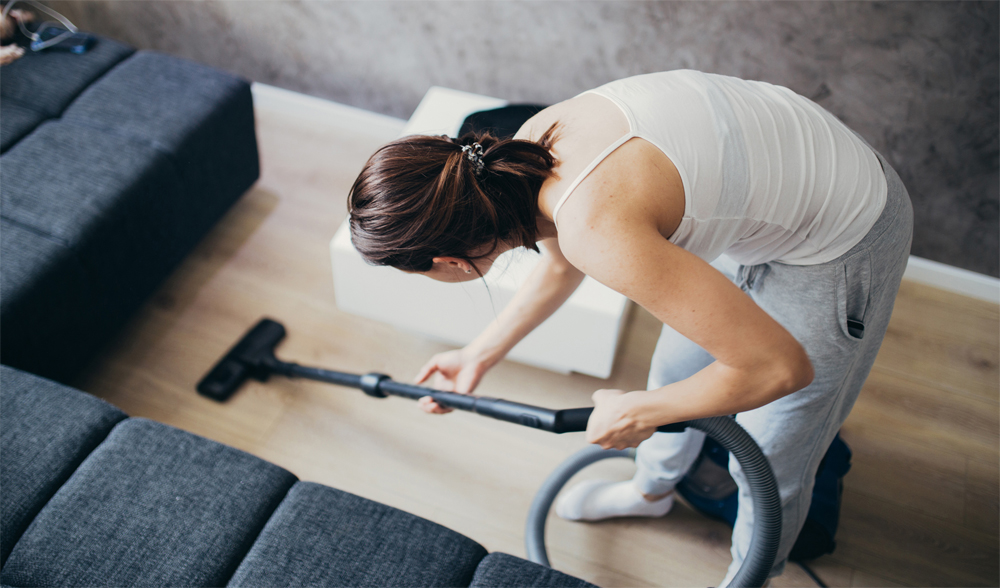
5. Regular Cleaning
Being simple though, but regular cleaning can displace all kind of pests. Removing garden debris, making it a habit to take the trash out before bed, and eliminating sources of food and water can help break the lifecycle of pests.
Although it may not produce immediate results, tidying up creates a long-term solution that is safe for your pet. Sometimes, it may protect your pets from danger that has not been predicted. Food trash can be attractive to pets and pests. But the truth is that it can be dangerous if it is eaten by your best friend.
6. Keep Dry
Similar with the previous cleaning solution, by keeping your house dry is also a pet friendly pest control method. Many pests are attracted to moisture, so keeping things dry can deter them from coming into your home. Look around your house for leaking pipes or drains and check under your home for any sources of moisture. Without moisture, many insects, like mosquitoes, can’t complete their life cycles.
By keeping things dry, you can keep pests from hanging out near, under, or inside your home. If you are sure that there are indoor pests, please check your house around to see whether there are leaking pipes and drains. Also remember to check under your house. Most house owners never consider their basement, which might be the source of moisture. Possibly, there will be a hot water heater leaking only a little water every day or floor drains that may lead the water back into the house when it rains.



